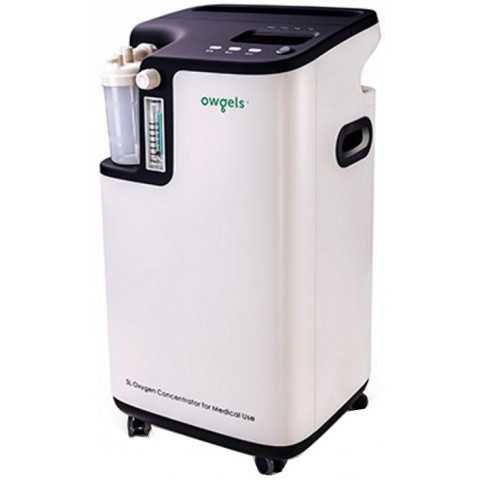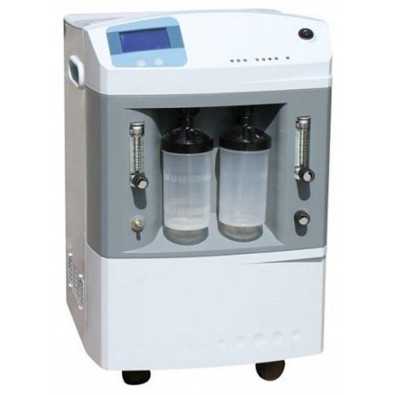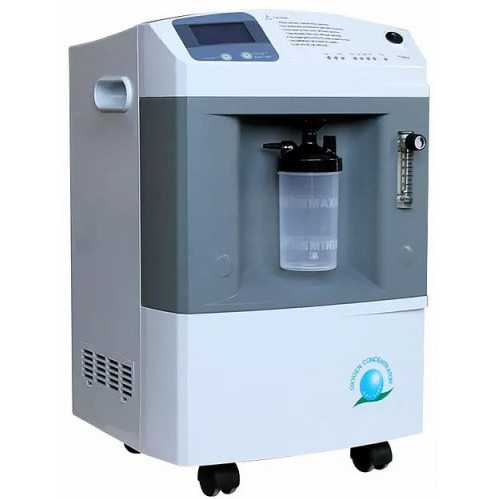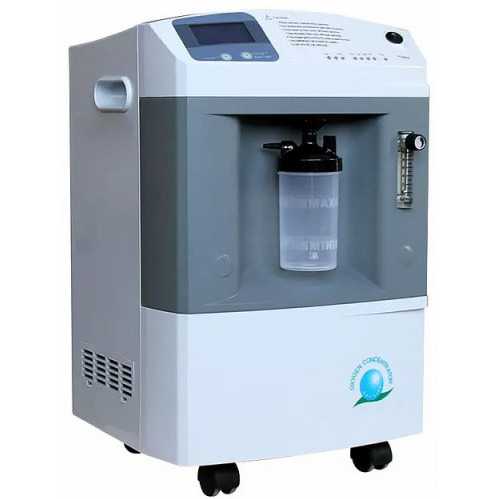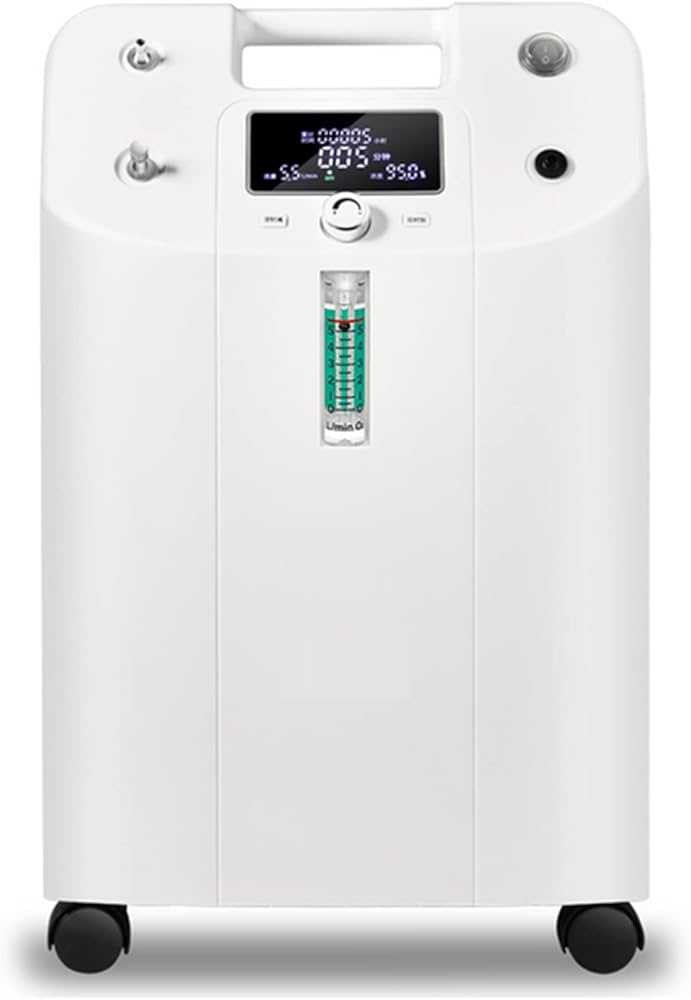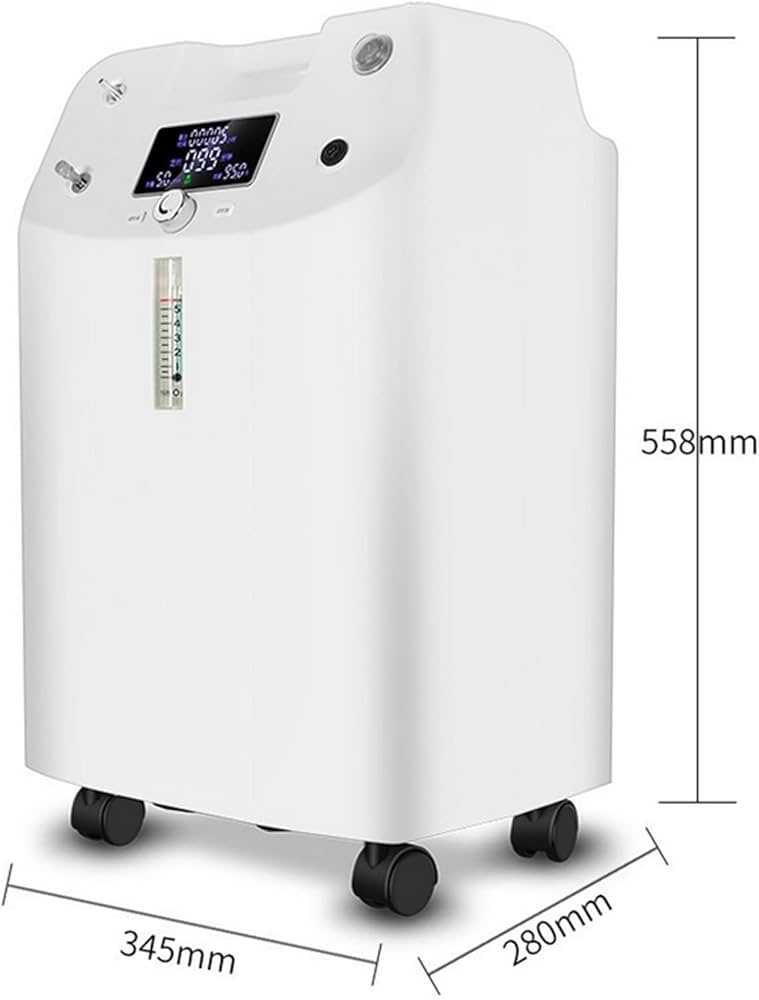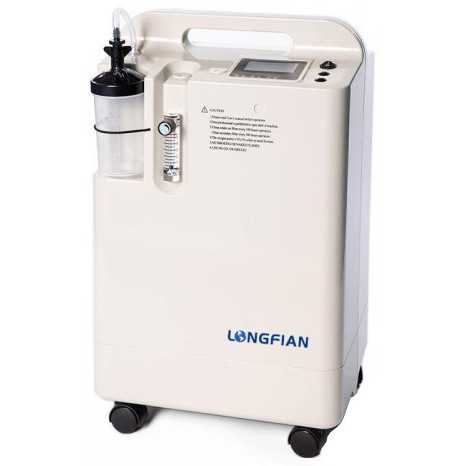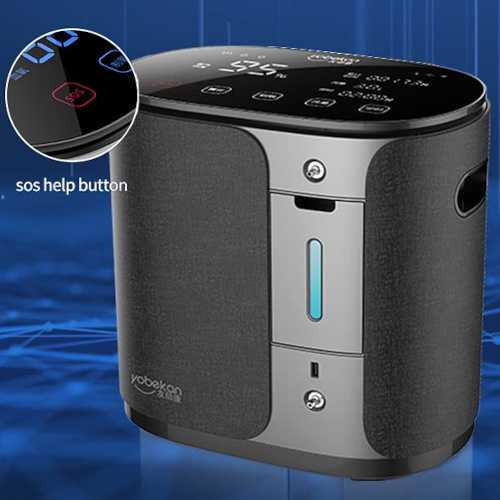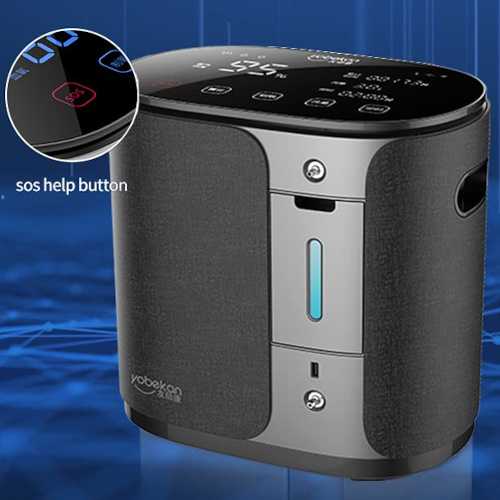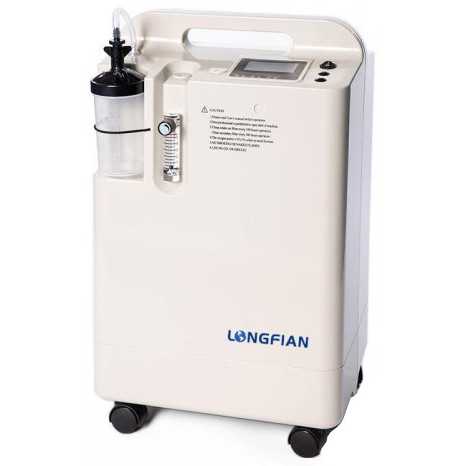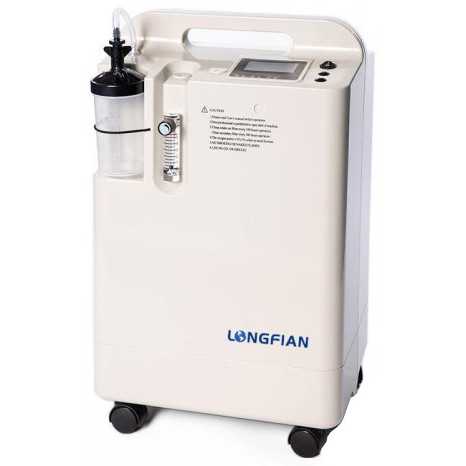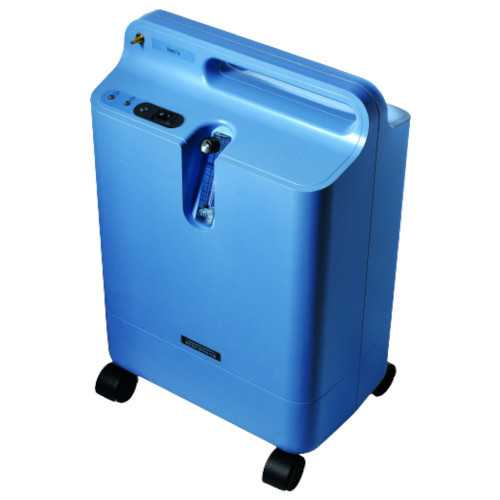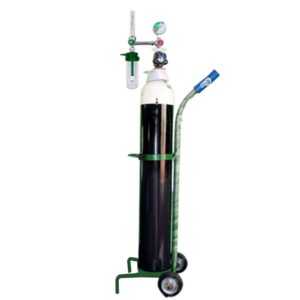Stroke paralysis
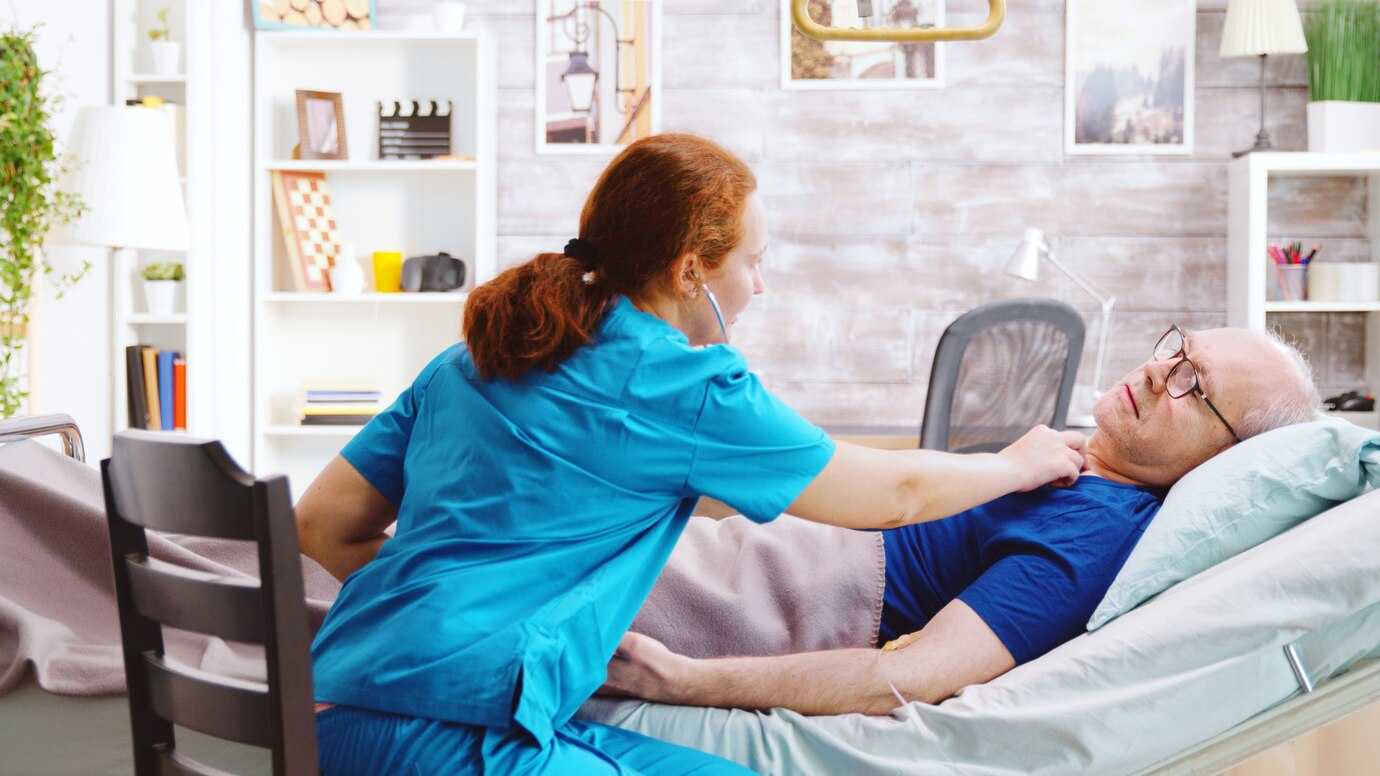
Stroke paralysis
what is stroke paralysis?
This is the common name given to one of the many kinds of disabilities observed after a stroke in which muscles or muscle groups fail to move. Disconnection from the cellular messenger systems is responsible for this onset due to the fact that the part of the brain responsible for movement lost the ability to send messages adequately.
This disability occurs because of damage to the brain. If the brain becomes incapable of receiving or correctly conducting impulses from other parts of the body, paralysis sets in. In almost any part of the body, paralysis can cause the inability to move. This condition will probably affect the opposite side of the body to which the brain has suffered damage.
The degree of paralysis after a stroke, if any at all, is present in about 90% of stroke patients. Depending on the extent of damage, recovering from the effects of stroke paralysis can be aided through various combinations of physiotherapy, medication management, and definite recovery exercises.
causes of stroke paralysis
There are three common types of strokes that can result in stroke paralysis:
The Transient Ischemic Attack (TIA): It is often termed as a mini-stroke or warning stroke, and occurs when blood flow to the brain is temporarily blocked. Since the blockage is brief, symptoms and effects tend to be short-lived.
Ischemic Stroke: This type of stroke occurs when a blood clot is blocking blood flow to the brain. Ischemic strokes may be caused by fatty deposits collecting inside a blood vessel, which is referred to as atherosclerosis. However, if the clot stems elsewhere in the body, often due to an irregular heart rhythm, an embolic stroke is usually the result. A TIA doesn’t need an emergency call for medical assistance, whereas the ischemic stroke demands nothing short of immediate attention for the purposes of reversing blood flow and minimizing the damage.
Hemorrhagic Stroke: This is a condition that occurs as a result of the bursting of a blood vessel in the brain, leading to spilling blood into the surrounding brain tissues; Hemorrhagic strokes are further classified into:
Aneurysm: An area in a blood vessel with weakness balloons outward and may rupture, leading to a stroke.
Arteriovenous Malformation (AVM): An abnormality in the formation of blood vessels can rupture, thereby causing a hemorrhagic stroke.
Intracerebral hemorrhage: High blood pressure may weaken small blood vessels and lead to bleeding into the brain.
symptoms of stroke paralysis
Stroke paralysis often presents itself with a variety of symptoms dependent on the severity of the stroke and the areas of the brain affected. Some of the more common symptoms include:
1. Sudden Weakness or Numbness:
This may be described as a loss of power or numbness mainly on one side of the body (the face, an arm, or leg).
Likely fine or gross motor disturbances with the limbs.
2. Loss of Coordination or Balance:
Problems with walking or keeping balance, or the ability to perform some fine motor tasks.
Dizziness or spinning feeling.
3. Difficulty With Speech And Swallowing:
Slurred or unclear speech.
Difficulty in understanding what is heard or read.
Difficulty swallowing (dysphagia).
4. Facial Drooping:
One side of the face might droop or become numb so as not to smile symmetrically.
5. Blurred or Double Vision:
Sudden visual disturbances in one or both eyes.
Partial or complete vision loss.
6. Severe Headache:
An abrupt, severe headache, normally involving little or no reason, would indicate a hemorrhagic stroke.
7. Muscle Spasms or Stiffness:
Spasticity or spasms developing in the affected muscles upward.
8.Loss of Sensory Function:
Inability to feel temperature, pain, or touch in the affected compartments.
prevention of stroke paralysis
A healthy lifestyle and proper management of the risk factors responsible for stroke will prevent paralysis after stroke. Here are a few important ways to avert the dangers as summarized:
1. A Healthy Diet:
Food should be rich in green vegetables, fruits, whole grains, lean protein, and healthy fats.
Restriction of sodium, sugar, and unhealthy fats will reduce blood pressure and cholesterol levels.
2. Regular Physical Exercise:
Do at least 30 minutes of moderate exercise every day. Such mild forms of exercise as walking, swimming, or biking will improve cardiovascular health and lower stroke risk.
3. Control Blood Pressure:
Blood pressure is one of the leading causes of stroke. Therefore, keep checking your blood pressure regularly and take treatment as advised by a doctor to regulate it within healthy levels.
4. Control Diabetes:
You need to keep your blood sugar within normal limits through suitable diet control, medications, and physical exercise so as to minimize the risk of damage to blood vessels.
5. Maintain a Healthy Weight:
Obesity raises a very grave risk of stroke, as it is associated with hypertension, diabetes, and heart disease. Adopt healthy eating and an exercise routine as the only path to achieving a healthy weight.
6.Manage Stress:
Chronic stress reveals itself through unhealthy habits like overeating or smoking, both of which add to the stroke risk. Relaxation techniques, such as meditation or yoga, are recommended.
7. Regular Health Checkups:
Get checkups on a regular schedule to track and treat conditions like hypertension, high cholesterol, and atrial fibrillation, which are associated with a risk of stroke.
8. Follow Medical Recommendations:
If you are at high risk for stroke, do as your doctor advises and take any prescribed medication for blood pressure, cholesterol, or anti-clotting medications.
how can physiotherapy help after a stroke?
Physiotherapists often collaborate with a team of other professionals to address the various challenges that can arise after a stroke. This multidisciplinary team, often referred to as the stroke team, may include occupational therapists, speech and language therapists, doctors, nurses, and social workers.
Some physiotherapists specialize in treating conditions related to brain changes, such as stroke and neurological disorders like brain injuries. These specialists are known as neuro physiotherapists or neurological physiotherapists.
Neuroplasticity and Recovery
After a stroke, the brain cannot regenerate the damaged cells, but it can reorganize its remaining healthy cells to compensate for the loss. This ability is known as neuroplasticity. The rehabilitation you undergo after a stroke plays a crucial role in guiding this process, and your physiotherapist will provide expert guidance on how to relearn movements and restore function.
how long does stroke paralysis last?
The duration of stroke paralysis varies from one person to another depending on the peculiar rehabilitation journey of the stroke. There is no universal timeline for recovery.
The duration of paralysis varies according to the adherence to treatment and the individual’s response. Important are the severity of the stroke and the person’s engagement in the rehabilitation process.
With proper stroke rehabilitation, some patients may see improvement within six months, while others may take longer. Maintaining a focus and practicing regularly prescribed mental and physical exercises is essential for stroke recovery concerning paralysis.”
when do you need us?
Physiotherapy provided by experienced professionals is essential for treating stroke paralysis. Regular sessions can help restore mobility by enhancing muscle tone and encouraging movement.
When paralysis occurs after a stroke, it is important to begin movement as early as possible. Under the guidance of our expert physiotherapists, tailored exercises can strengthen muscles and play a critical role in the recovery process.
With our in-home physiotherapy services, we ensure exercises are performed correctly, minimizing the risk of complications and promoting safe and effective recovery.
how can we help?
After analyzing the medical history, our physiotherapists will determine the best stroke paralysis treatment. The treatment for your paralysis will be totally individualized with an eye toward faster recovery from the after-effects of the stroke with the right approach for you.
Through physiotherapy, the expertise will curate a plan to improve blood circulation and facilitate your recovery by gradually strengthening muscles from paralysis. A key role will be in order for them to assess your condition and, accordingly, suggest the best course for achieving fast and lasting recovery from stroke paralysis.
Summary: An overview of stroke paralysis can find the specific occasion for specialized intervention for recovery. Now that you are armed with the knowledge of how to tackle this challenging yet surmountable issue, facing the recovery with surety and confidence will be rated highly.
portea’s other physiotherapy services
Physiotherapy Against Cardiac Disease Physiotherapy for Emphysema Physiotherapy for Post Surgical Rehab
Physiotherapy for Acetabular Labrum Hip Labral Tear Physiotherapy for Fibromyalgia Physiotherapy for Postural Drainage
Physiotherapy for Achilles Tendinitis Physiotherapy for Floppy Baby Syndrome Physiotherapy for Psoriasis Arthritis
Physiotherapy for Acl Injuries Physiotherapy for Foot Care Physiotherapy for Retrolisthesis
Physiotherapy for Acl Recostruction Chronic Phase Physiotherapy for Fracture Physiotherapy for Rheumatoid Arthritis
Physiotherapy for Ankle Sprain Physiotherapy for Frozen Shoulder Physiotherapy for Runners Knee
Physiotherapy for Ankylosing Spondylitis Physiotherapy for Genu Valgum Physiotherapy for Sciatica
Physiotherapy for Arthritis Physiotherapy for Golfers Elbow Physiotherapy for Scoliosis
Physiotherapy for Asthma Physiotherapy for Gouty Arthritis Physiotherapy for Shin Splints
Physiotherapy for Avascular Necrosis Physiotherapy for Heart Attack Physiotherapy for Shoulder Labrum Tear
Physiotherapy for Avascular Necrosis Post Surgery Physiotherapy for Hip Pain Physiotherapy for Shoulder Pain
Physiotherapy for Avascular Necrosis Pre Surgery Physiotherapy for Joint Pain Physiotherapy for Slipped Disc
Physiotherapy for Back Pain Physiotherapy for Knee Pain Physiotherapy for Spondylosis
Physiotherapy for Bells Palsy Physiotherapy for Lower Back Pain Physiotherapy for Sports Injury
Physiotherapy for BPPV Physiotherapy for Lumbosacral Spondylosis Physiotherapy for Stenosis
Physiotherapy for Bursitis Knee Physiotherapy for Meniscus Tear Physiotherapy for Stress Management
Physiotherapy for Calcaneal Spur Physiotherapy for Multiple Sclerosis Physiotherapy for Stroke
Physiotherapy for Cerebral Ataxia Physiotherapy For Musculoskeletal Pain Physiotherapy for Stroke Acute Stage
Physiotherapy for Cerebral Palsy Physiotherapy for Neck Pain Physiotherapy for Stroke Paralysis
Physiotherapy for Cervical Pain Physiotherapy for Neurological Issues Physiotherapy for Strong Lower Abdominal
Physiotherapy for Cervical Radiopathy Physiotherapy for Orthopedic Issues Physiotherapy for Supraspinatus Tendinitis
Physiotherapy for Chest Physiotherapy Physiotherapy for Osteoarthritis Physiotherapy for Tennis Elbow
Physiotherapy for COPD Physiotherapy for Paralysis Physiotherapy for Traction
Physiotherapy for Cystic Fibrosis Physiotherapy for Paraplegia Physiotherapy for Ultrasound Physiotherapy
Physiotherapy for Cystic Fibrosis Physiotherapy for Parkinsonian Gait Physiotherapy For Varicose Veins
Physiotherapy for Dementia Physiotherapy for Parkinsons Disease Physiotherapy for Vocal Cord Paralysis
Physiotherapy for Diabetes Foot Care Physiotherapy for Pneumonia Physiotherapy For Weight Loss
Physiotherapy for Elbow Pain
FAQ’s
1. What are the common symptoms of stroke paralysis?
Symptoms include sudden weakness or numbness, loss of coordination or balance, difficulty in speaking or swallowing, numbness of the face, and loss of sensation or movement in those affected areas.
2.What causes paralysis post-stroke?
Paralysis following a stroke occurs due to disruption in blood supply to the brain which may be due to a blood clot in the branched artery (ischemic stroke), a ruptured blod vessel (hemorrhagic stroke), or a temporary interruption (transient ischemic attack or TIA) of the blood supply to any part of the brain.
3. Is stroke paralysis treatable?
There’s no sure cure, but with different combinations of physiotherapy, medications, and exercises, many individuals have gotten movement and function back.
4. When does rehabilitation begin after a stroke?
Rehabilitation begins as soon as possible, between twenty-four to forty-eight hours of a stroke, depending on the condition and doctor’s recommendation.
5. Will physiotherapy for stroke paralysis be conducted at home?
Yes, it is often done effectively at home through in-home physiotherapy. It benefits from having support under familiar conditions that gives personalized care where one can do his/her exercises much more safely and correctly.
6. When should I contact a physiotherapist for stroke paralysis?
You should consult a physiotherapist as soon as your doctor recommends rehabilitation. Early intervention is beneficial in maximizing the recovery from mobility and in reducing the long-term impact of still requiring rehabilitation.

